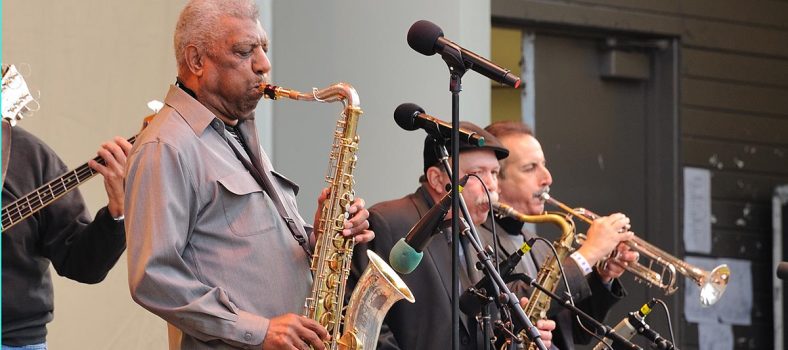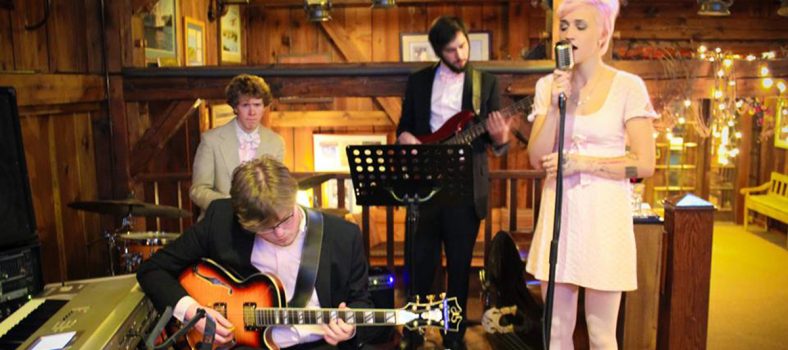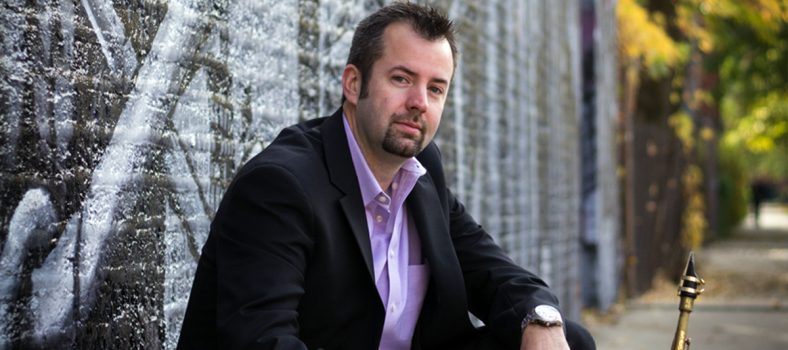Though Paul Jackson Jr. never got to meet or work with Wes Montgomery, one of his chief guitar influences, he has forged professional relationships with all the others who touched his formative years, including Earl Klugh, George Benson, Ray Parker Jr., Al McKay and Lee Ritenour. Since breaking into the Los Angeles studio scene at age sixteen, he has contributed his multi-faceted guitarisma to the biggest artists of pop,R&B, jazz and rock music: Whitney Houston, Michael Jackson (Thriller, Bad, History), Patti LaBelle, Gladys Knight, Randy Crawford, Ramsey Lewis, Dave Koz, David Benoit, Aretha Franklin, Luther Vandross, Bobby Brown, Steely Dan, Chicago, The Temptations, Anita Baker, Lionel Richie, Barbra Streisand, Elton John, Al Jarreau, and George Duke, Johnny Mathis, Kenny Rogers Barry White and many others.
Paul points to his trip with Whitney to South Africa in 1995 as his most spiritual, powerful and soul-energizing project to date. Playing his own signature Gibson model Paul Jackson Jr. ES347, in recent years he also accompanied the Backstreet Boys (on MTV’s Total Request Live) and Destiny’s Child and, bridging his musical and spiritual lives, taught at worship conferences in Korea, Italy, Guatemala and Honduras. Paul says that the most recent highlight for him was his on stage appearance in a tribute to Wes Montgomery featuring guitar notables: Jimmy Bruno, Larry Carlton, Paul Jackson, Jr., Earl Klugh, Chuck Loeb, Russell Malone, and Pat Martino. All played together and each provided solo performances of Wes Montgomery selections.
Child Actor
Paul Jackson, Jr.’s, professional career began in acting at age six with his first gig, “Cowboy in Africa”, starring Chuck Connors, Cicely Tyson and others. Paul then appeared in a number of television shows (Good Times, Julia, Maybery RFD and others), commercials and several movies including “The Sting”, “Cinderella Liberty”, “Marcus Nelson Murders” (Kojak pilot) “Willy Dynamite” and was one of the stars of the NBC Mystery Series “Tenafly” with James Mc Keachin and Lillian Lehman.
Family Band
Paul’s, real interest was music. He got his first guitar at nine, started playing seriously at 12 and indicated to his parents, he would rather focus on his music, instead of acting. He made an early switch from piano to guitar (much to the chagrin of his piano teacher). In addition to acting, Paul performed with a family band which included his siblings, his mother, and good friend Cornelius Mims (now a notable in the professional music arena). At age 14 Paul’s musical instrument preference was the Gibson guitar, given to him by his parents. It is interesting to note that presently, Paul endorses for Gibson Guitars with his signature guitar. Paul’s sister who played drums in the family band now plays percussion in Paul’s band in addition to performing with the Bellflower and Southeast Symphony Orchestras.
Studio
Paul’s studio career was initiated by his instructor, Gary Bell, an outstanding musician who had performed with the Fats Domino Band. Whenever possible, Gary would recommend then teenager, Paul, as a substitute for him for recording gigs and live performances. Paul’s long time mentor, Patrice Rushen, subsequently introduced Paul to Lee Ritenour, Ray Parker, Jr., and Greg Poree (who was Paul’s instructor for the classical guitar and is now Paul’s collaborator on projects such as The Martin Show, and The Robert Townsend Show). Paul’s studio recording career, with album credits exceeding one thousand and singles credits countless, resulted in many people calling him “the most recorded and requested guitarist in the world”. The word is that ” Paul can play any style of music and no matter what song you have, Paul can make it sweeter”.
Paul says: “Success as a studio musician comes from knowing that your number one priority is making the artist happy and developing a reputation for giving those who hire you what they want,” he says. “I still practice and love all the late nights and early mornings in the studio, trying to get things just right on my own projects and those of the artists who hire me. I keep all that balanced with my faith journey, and every so often will turn off the mix of be-bop and oldies I keep in the car and just drive in silence…listening once again for that still small voice. God will speak to you if you allow yourself to turn down the volume.”





